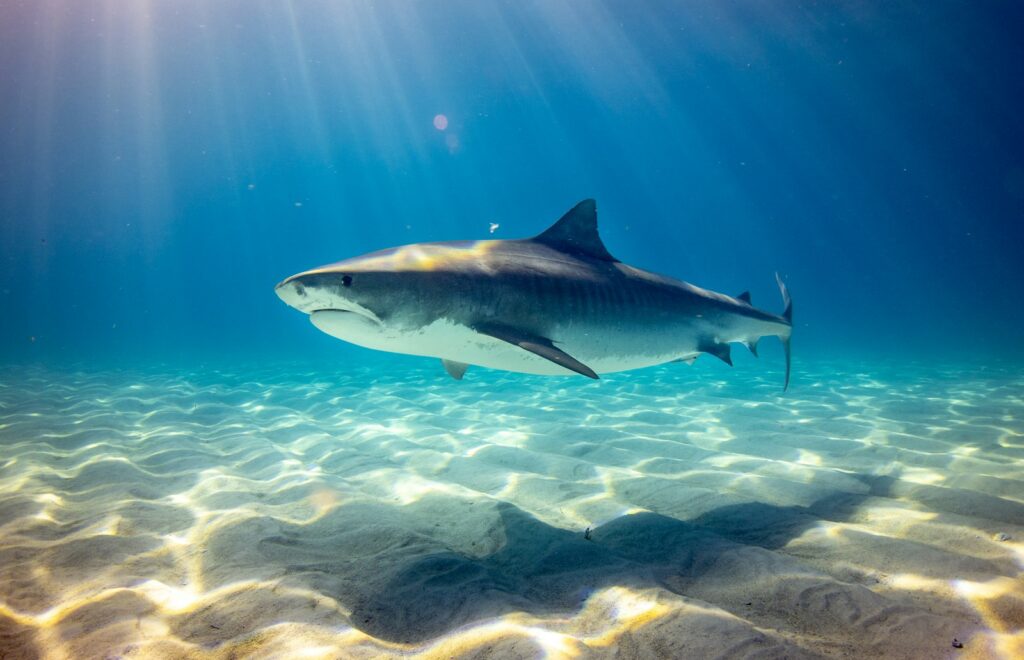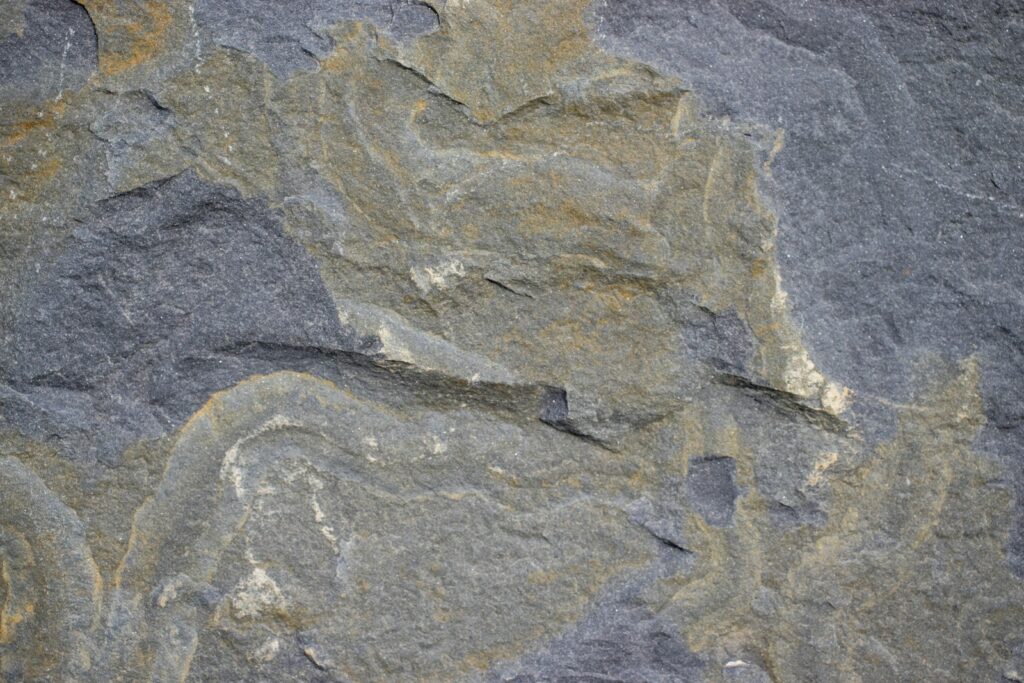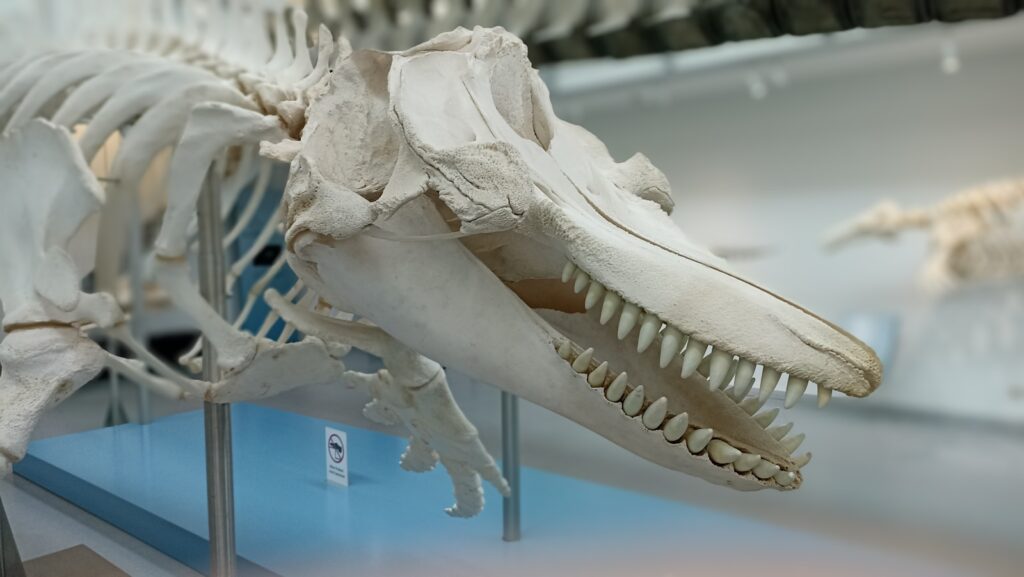Deep beneath the ancient oceans swam a predator so massive that it continues to captivate our imagination millions of years after its extinction. Otodus megalodon, known simply as the megalodon, ruled the prehistoric seas as perhaps the most formidable marine predator ever. While scientists have studied this ancient shark for decades, recent discoveries and analytical techniques have sparked renewed debate about its true size. The traditional estimates of the megalodon’s length and mass may underrepresent this oceanic titan’s true dimensions. This article explores the evolving understanding of the megalodon’s size and what new evidence suggests about this prehistoric apex predator’s true proportions.
The Discovery and Early Size Estimates of Megalodon

Megalodon was first scientifically described in the 1840s based primarily on fossilized teeth, as shark skeletons consist mainly of cartilage that rarely fossilizes. Early paleontologists, working with limited fossil evidence, estimated the megalodon’s length at around 60-70 feet (18-21 meters), making it significantly larger than any living shark. These initial estimates relied on simple tooth-to-body-length ratios derived from modern great white sharks (Carcharodon carcharias). The formula was straightforward – measure the largest megalodon tooth, compare it to great white shark teeth, and extrapolate the body size based on the proportional difference. This methodology established megalodon as an enormous predator but would eventually be questioned as scientific understanding advanced.
The Scientific Challenge of Measuring an Extinct Giant

Reconstructing the true size of megalodon presents unique challenges for paleontologists and marine biologists. Unlike dinosaurs that left relatively complete fossilized skeletons, the megalodon’s cartilaginous skeleton means researchers must work with a fragmentary fossil record consisting primarily of teeth and occasional vertebral centra. This limited fossil evidence creates significant uncertainty in size estimations. Scientists must rely on morphological comparisons with living relatives, mathematical modeling, and careful examination of the few vertebral fossils that have survived. The scarcity of complete megalodon remains means that any size estimate comes with inherent error margins, making it difficult to establish the absolute maximum size this species could reach.
Modern Analytical Techniques Revealing New Insights

Recent advancements in analytical methods have revolutionized our understanding of the megalodon’s proportions. Computer modeling, 3D scanning of fossil teeth, and detailed comparative anatomy studies have allowed scientists to create more accurate reconstructions. One breakthrough came when researchers recognized that using the great white shark as the sole modern analog for the megalodon was potentially misleading. Unlike earlier assumptions, the megalodon is now placed in the extinct family Otodontidae rather than directly with modern great whites in Lamnidae. This taxonomic repositioning triggered reassessments of body proportions, suggesting that the megalodon may have had a bulkier, more robust body shape than previously thought. By incorporating these updated phylogenetic relationships, modern size estimates have become more scientifically rigorous.
Revisiting the Tooth-to-Body Ratio Method

The traditional method of estimating megalodon size through tooth-to-body ratios has undergone significant refinement in recent years. Earlier approaches simply scaled up the great white shark proportionally based on tooth size, but this overlooked important biological principles about how body proportions change with increasing size. Newer studies account for allometric growth—the principle that different body parts grow at different rates as an animal increases in size. When these more sophisticated scaling methods are applied, some researchers suggest megalodon may have been shorter in length than earlier estimates but significantly more massive in overall body weight. This recalibration has led some paleontologists to propose that while maximum length might be around 50-60 feet (15-18 meters), the shark’s weight and girth were substantially greater than previously calculated.
The Megalodon Vertebrae Evidence

Among the most valuable fossils for determining the megalodon’s true size are its vertebral centra, the cylindrical portions of vertebrae that occasionally fossilize. Several well-preserved megalodon vertebrae have been recovered from formations around the world, with some measuring over 15 centimeters in diameter. By comparing these vertebral dimensions to those of modern sharks and applying growth models, researchers can estimate the animal’s length more accurately than with teeth alone. A particularly significant vertebra discovered in Belgium suggests that some megalodons may have reached lengths exceeding previous estimates. When combined with tooth evidence, these vertebral fossils provide compelling evidence that at least some individual megalodons grew to exceptional sizes, perhaps beyond what has been widely accepted in scientific literature.
Regional Size Variations and Maximum Growth Potential

An intriguing aspect of megalodon research is the growing evidence for regional size variations within the species across its global range. Fossil teeth from certain regions consistently exceed the average size found elsewhere, suggesting that the megalodon may have exhibited regional gigantism in specific marine environments. Waters with abundant large prey animals, such as whales, may have supported larger individual megalodons. Ocean temperature, prey availability, and isolation of certain populations could all have contributed to size differences. These regional variations complicate the question of maximum size, as it means that megalodons from certain parts of the ancient oceans may have substantially exceeded the average size for the species, potentially explaining some of the truly massive tooth specimens that have occasionally been recovered.
The Super-Sized Specimens That Challenge Current Estimates

Several extraordinary fossil specimens have challenged even the revised size estimates for megalodon. Particularly large teeth measuring over 7 inches (18 centimeters) in slant height have been discovered, exceeding what would be expected based on average megalodon proportions. If these represent not aberrations but true indicators of maximum size, they suggest that exceptional individuals could have reached lengths approaching or exceeding 65 feet (20 meters). One controversial vertebral centrum from the United Kingdom, if genuinely from a megalodon, would indicate a shark of truly staggering proportions. While the scientific community remains cautious about claims of record-breaking specimens without comprehensive analysis, these outlier fossils continue to raise the possibility that the upper size limit for megalodon may need upward revision.
Megalodon’s Body Proportions: Not Just a Scaled-Up Great White

Perhaps the most significant recent shift in megalodon research is the recognition that its body proportions likely differed substantially from those of the great white shark. Skeletal evidence and phylogenetic analysis suggest megalodon had a more robust build with proportionally thicker vertebrae, stronger jaws, and possibly a different fin arrangement. These differences mean that even at equivalent lengths, the megalodon would have been considerably heavier and more powerful than a hypothetically enlarged great white shark. Some researchers propose that the megalodon may have had a body form more similar to some mackerel sharks combined with elements of modern whale sharks—broader in the midsection and more massive overall. This revised body plan suggests a predator that, while perhaps not as long as once thought, was substantially more massive and powerful than previous reconstructions indicated.
Environmental Factors Enabling Gigantism in Megalodon

The extraordinary size of megalodon didn’t evolve in isolation but was likely driven by specific environmental and ecological factors present during the Miocene and Pliocene epochs (approximately 23 to 2.6 million years ago). Marine ecosystems during this period featured abundant large prey, particularly primitive whales that were evolving into their modern forms. The oceans contained higher levels of productivity, supporting the massive food requirements of super-predators. Additionally, warmer global temperatures may have facilitated larger body sizes through increased metabolic efficiency. Some paleontologists propose that these ideal conditions created a perfect evolutionary opportunity for extreme gigantism in the megalodon, potentially allowing the species to reach sizes at the upper limits of what physics and biology would permit for a predatory shark.
Comparing Megalodon to Other Marine Giants

To contextualize megalodon’s true size, it’s instructive to compare it to other marine giants, both extinct and living. The blue whale, at up to 100 feet (30 meters) long, remains the largest animal to have ever lived, substantially exceeding even the largest megalodon estimates. However, as a predatory fish rather than a filter-feeding mammal, the megalodon operated under different biological constraints. When compared to other apex predatory fish, the megalodon stands alone in size. The largest confirmed modern great white sharks reach about 20 feet (6 meters), making even conservative megalodon estimates nearly three times longer and potentially 25-30 times more massive. Some extinct marine reptiles like Mosasaurus approached megalodon in size, but among sharks—living or extinct—nothing has been found that rivals megalodon’s combination of size and predatory adaptations.
Why Size Estimates Continue to Evolve

The continuing refinement of megalodon size estimates reflects broader advances in paleontology and marine biology. New fossil discoveries, particularly from previously unexplored regions, provide additional data points that help scientists calibrate their models. Improvements in understanding how size relates to ecological niches in marine environments allow for more nuanced interpretations of the megalodon’s role as an apex predator. Additionally, better knowledge of how physical factors constrain maximum size in marine animals helps establish more realistic upper boundaries for potential growth. The scientific understanding of megalodon represents a constantly evolving field where each new study potentially shifts our perception of this ancient predator’s dimensions. This dynamic process explains why size estimates have changed significantly over the past several decades and why they may continue to be revised as research progresses.
The Implications of a Larger Megalodon

If megalodon was indeed larger than currently accepted estimates suggest, the implications extend beyond simple numerical adjustments. A substantially larger megalodon would have required even greater food resources, potentially exerting a stronger influence on ancient marine ecosystems than previously calculated. Predation pressure on whale populations would have been more intense, possibly driving evolutionary adaptations in these prey species. Energy requirements for a super-sized megalodon would have been enormous, suggesting it may have required specialized hunting behaviors or broader habitat ranges to sustain itself. From a biomechanical perspective, a larger megalodon raises questions about swimming efficiency, thermoregulation, and cardiovascular adaptations necessary to support such a massive predatory fish. Understanding the megalodon’s true size thus provides crucial context for interpreting its ecological role and evolutionary significance.
The Future of Megalodon Size Research

The quest to determine the megalodon’s definitive size continues with promising new directions in research. Advanced CT scanning of fossil teeth and vertebrae may reveal growth patterns and internal structures that provide more accurate size indicators. Genetic analysis of living sharks helps clarify evolutionary relationships that inform how we interpret megalodon anatomy. Computer modeling of biomechanics and fluid dynamics can test theories about the maximum sustainable size for an active predatory shark. Perhaps most exciting is the potential for new fossil discoveries in unexplored geological formations that might yield more complete megalodon remains. As paleontological techniques advance, we may eventually arrive at a more definitive understanding of this prehistoric giant’s true dimensions, though the fragmentary nature of the fossil record means some uncertainty will likely always remain.
Conclusion: A Predator of Truly Exceptional Proportions

While debate continues about megalodon’s precise maximum size, the scientific consensus firmly establishes it as the largest predatory shark that ever lived, regardless of which end of the size estimate spectrum proves most accurate. The evolution of our understanding of megalodon reflects the dynamic nature of paleontology, where discoveries and analytical approaches continuously refine our picture of prehistoric life. Whether megalodon typically reached 50, 60, or even 65+ feet in length, it represented an apex predator of truly exceptional proportions that dominated the world’s oceans for millions of years. As research continues, we may indeed discover that this iconic prehistoric shark grew even larger than current estimates suggest, further cementing its status as one of the most impressive predators in Earth’s long evolutionary history.




